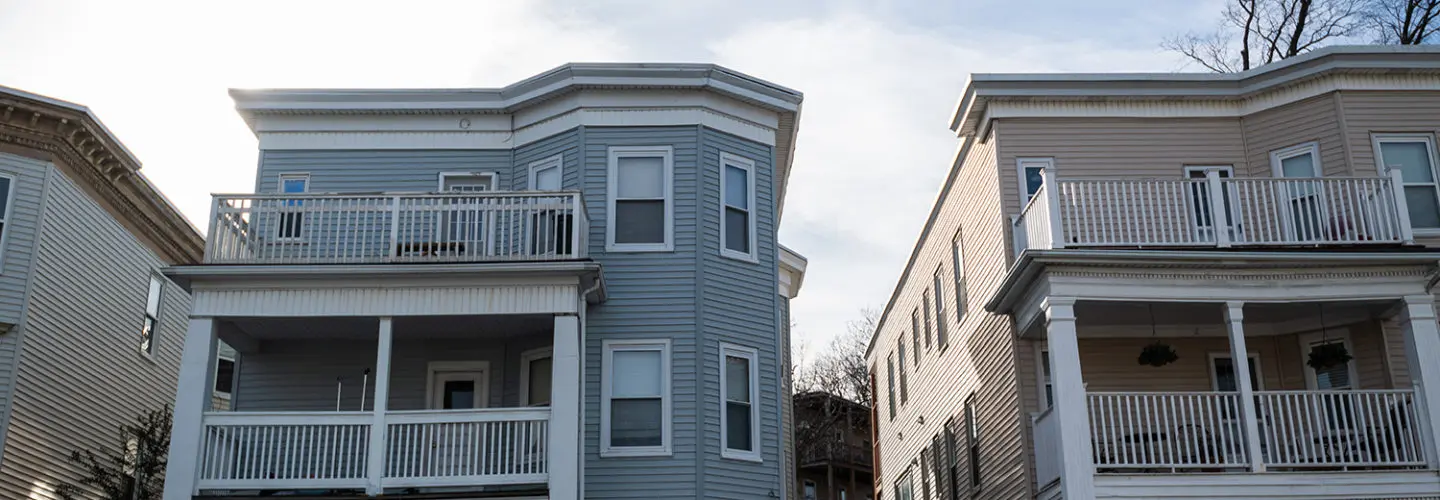Massachusetts Needs Innovation and Efficiency – So Why Did The DPU Just Kill One of The Best Ideas?
One of the most forward-looking pieces of the Massachusetts 2022-2024 three-year energy efficiency plan now filed at the Department of Public Utilities is the brainchild of the Cape Light Compact – the proposed Cape and Vineyard Electrification Offering (CVEO). The CVEO would result in retrofitted low-income housing that is all-electric, powered by solar panels, and resilient in storms thanks to onsite storage. It’s exactly the sort of thinking that we need to be doing more of – how to make homes healthier and safer, lower carbon pollution, and make communities more resilient. Plus it’s targeted at the households that still have the least access to heat pumps, solar and storage, even with all the programs we have in those areas. So why did the Massachusetts Department of Public Utilities (DPU) just kill it? On November 5, the DPU requested that it be removed from the programs before it can even be considered.
Cape Light Compact (CLC) is a municipal aggregator that provides energy to the citizens of towns on the Cape and Vineyard, as well as administering their electric energy efficiency programs. As a municipal aggregator, CLC is different from the other utility program administrators – and often provides more customized offerings to its customers, including higher incentives (though still cost-effective) that drive, not surprisingly, higher customer participation rates.
Acadia Center has enthusiastically supported CLC’s proposed CVEO since it was first presented to the Energy Efficiency Advisory Council in 2018. It’s exactly what the efficiency programs should be doing to address the intersectional crises of climate, affordable housing, spiking fossil fuel prices, resiliency, and the fact that low- and moderate-income customers aren’t reaping the benefits of solar and storage, despite the SMART program’s best intentions. But the DPU decided on November 5th that it’s just not possible under existing law. Why?
Through the CVEO, CLC proposed to weatherize and install heat pumps, solar PV, and energy storage in 250 low- and moderate-income homes, heated with oil, propane, or electric resistance heat. The offering combined the existing statewide incentives for weatherization, heat pumps with controls, and demand response through thermostats, with an innovative way to pre-pay existing incentives for energy storage and a third-party ownership model for storage and PV that leverages outside incentive funding to offset the overall ratepayer impact. In other words, it takes the programs the Department has already approved and stretches them farther and deeper to truly serve the best interests of customers of the Cape and Vineyard. Homes would be warm, free of combustion byproducts, cheaper for residents to operate, and resilient in the face of increasing storms and outages – all within the cost-effectiveness screening of the efficiency programs.
The DPU has already approved incentives for use of energy storage for demand reduction, including allowing 5-year contracts for daily dispatch incentives (i.e., beyond the length of the 3-year plans). But the CVEO’s twist on this idea to pre-pay 10 years of incentives to enable the purchase of a new energy storage system (which would also provide resiliency benefits to the residents) went too far for the DPU – mostly because resiliency benefits are outside the scope of the energy efficiency plans.
The Green Communities Act was amended in 2018 to include “programs that result in customers switching to renewable energy sources or other clean energy technologies;” as one of the types of offerings that could be included in the 3-year plans. Despite that amendment, the DPU held that energy efficiency funds cannot be used to pay for solar. Because the CVEO proposed to use energy efficiency funds to essentially operate a power purchase agreement with the 3rd party solar developer, the DPU determined that it was just too close to using EE dollars to fund solar panels for its comfort. But what about the comfort of the residents who would benefit from this program? What about the benefit to communities by lowering of emissions with the switch to clean energy sources? What about the recently changed DPU mandate requiring them to factor equity and reducing greenhouse gas emissions in their decisions?
The DPU’s statement that “[it] agrees that facilitating low-income customer access to solar PV while electrifying heating is consistent with Commonwealth policy but doing so requires the intersection of multiple programs” is fairly telling. At the moment, our regulatory system just wasn’t set up to allow this kind of innovation. There are too many silos for money – efficiency, SMART tariff, net metering, demand response, developer funds, and investment tax credits – where the streams cannot be combined. Even though all the money comes from the same place and goes to fund programs that help the same people – Massachusetts ratepayers.
That’s a problem. But Acadia Center has a solution.
Acadia Center’s new report Reforming Energy System Planning for Equity and Climate Transformation (RESPECT) takes on some of these regulatory silos and proposes a new way of looking at planning for the future of our grid and consumers. Under RESPECT, regulators could encourage innovative solutions that take on multiple problems and make something even greater than its component parts for the ratepayers. Rather than being bound by the solutions of the past, innovative programs like CVEO could become a guiding example for how to think differently.
We need to do better for the ratepayers of Massachusetts. We need to be able to use programs that we have, bend them slightly, and feed two birds with one scone. Otherwise, we have no hope of being able to take on the climate crisis with all we’ve got.




















Follow us